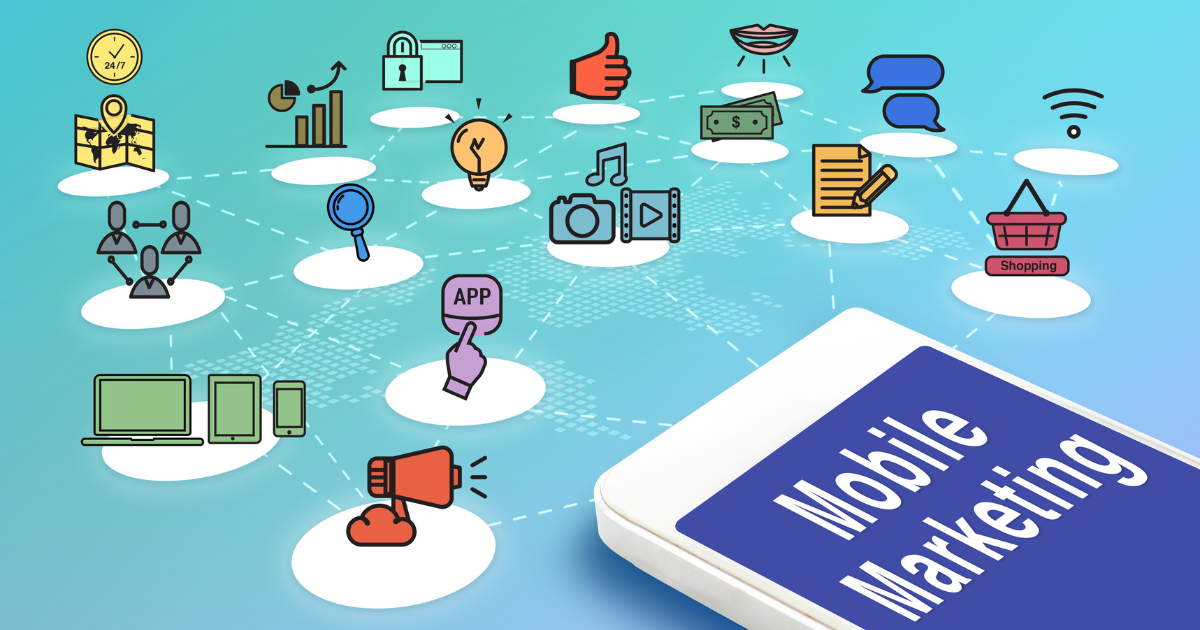
How to Use Mobile Marketing to Reach Your Target Audience
Mobile devices have become a ubiquitous part of our daily lives, with people relying on them for everything from communication to entertainment to shopping. For businesses, this presents a tremendous opportunity to reach their target audience where they are spending their time. In fact, mobile marketing has become an essential part of any comprehensive marketing strategy, with businesses of all sizes leveraging mobile channels to drive engagement, conversions, and sales. But with so many different mobile channels and strategies available, it can be challenging to know where to begin. In this blog post, we’ll explore how to use mobile marketing to reach your target audience effectively.
Know Your Target Audience
The first step in any successful mobile marketing campaign is to understand your target audience and their mobile behavior. Consider factors such as demographics, interests, and pain points, and use this information to inform your mobile marketing strategy. For example, if your target audience is primarily millennials, you may want to focus on social media channels such as Instagram and Snapchat. Conversely, if your target audience is an older demographic, you may want to focus on channels such as email and SMS marketing.
Optimize for Mobile
Once you have a clear understanding of your target audience, it’s essential to optimize your website and other digital assets for mobile devices. This includes having a responsive design that adapts to different screen sizes, fast loading times, and a user-friendly interface. Mobile users are notoriously impatient, and if your website takes too long to load or is difficult to navigate on a small screen, they’re likely to abandon it and move on to a competitor’s site.
Utilize Mobile-Specific Channels
There are a variety of mobile-specific channels you can use to reach your target audience, such as SMS marketing, mobile apps, and mobile advertisements. Choose the channels that are most relevant to your target audience and goals, and leverage them to reach and engage your audience. For example, if you have a brick-and-mortar store, you may want to use location-based targeting to send push notifications to customers when they are in the vicinity of your store. Or, if you have a mobile app, you can use in-app messaging and notifications to promote your products and services to users.
Provide Value
It’s essential to make sure your mobile marketing efforts provide value to your target audience. This can include offering promotions, discounts, and relevant content, as well as providing solutions to their pain points and needs. For example, if you’re a retailer, you might send exclusive discounts or coupons via SMS to your loyal customers. Or, if you’re a B2B company, you might provide educational content and resources via email to help your target audience solve their business challenges.
Use Location-Based Targeting
Location-based targeting is a powerful way to reach your target audience when they are in proximity to your business. This can include targeting your audience with push notifications, mobile advertisements, and offers when they are in the vicinity of your store or location. For example, if you’re a coffee shop, you might send push notifications to users when they are within a certain radius of your location, promoting your daily specials or offering a discount on their next purchase.
Measure and Optimize
Finally, it’s crucial to regularly measure and analyze the results of your mobile marketing efforts, using data and insights to optimize your strategy and improve performance. This can include tracking metrics such as conversion rates, open rates, and engagement, and using this data to inform your strategy and make data-driven decisions. For example, if you notice that your SMS open rates are low, you might experiment with different messaging or sending times to see if you can improve engagement.
conclusion
mobile marketing is a crucial strategy for businesses looking to reach their target audience in today’s mobile-driven world. By knowing your target audience, optimizing for mobile, utilizing mobile-specific channels, providing value, using location-based targeting, and measuring and optimizing, you can effectively reach and engage your target audience and drive business growth.





